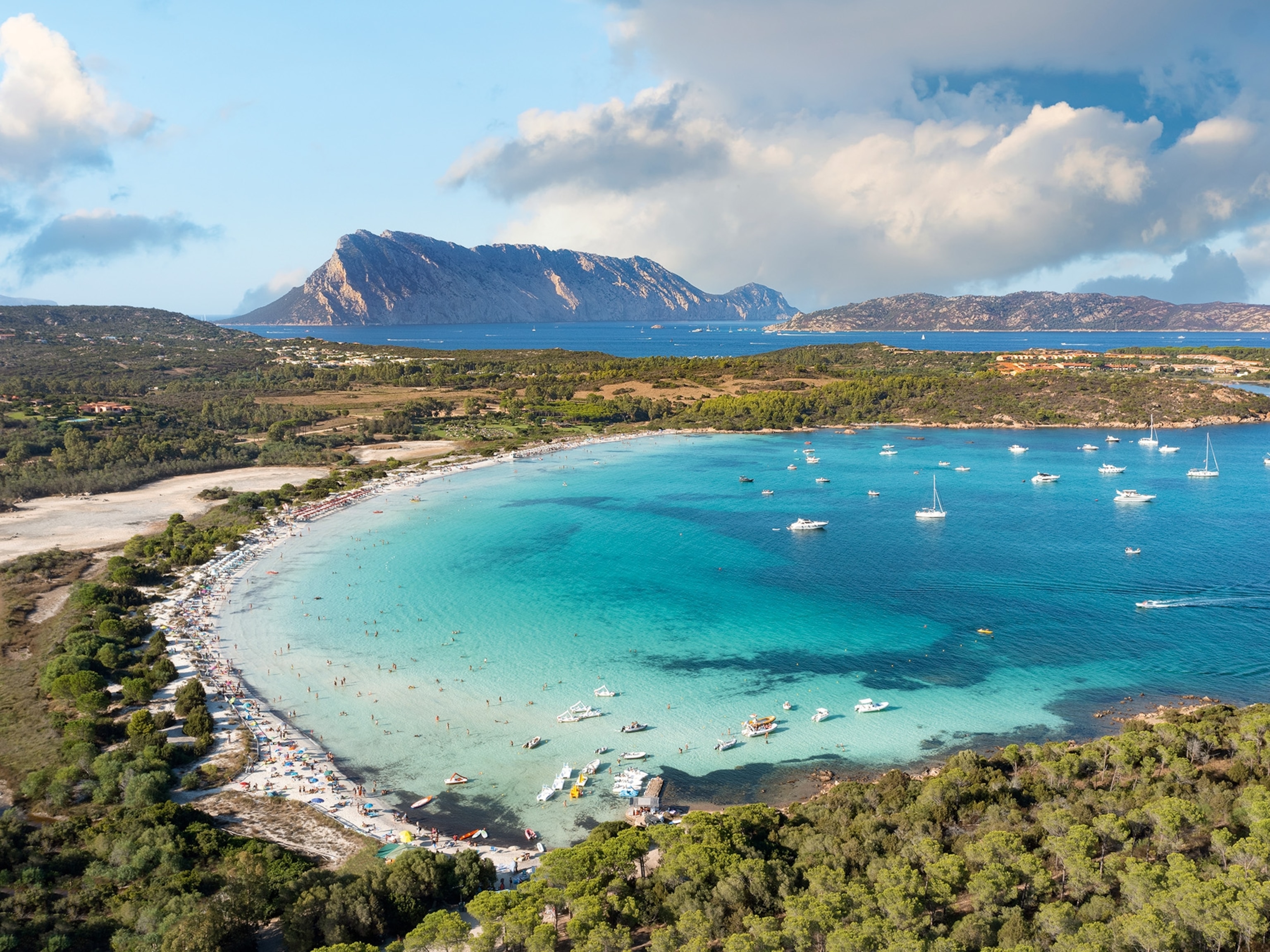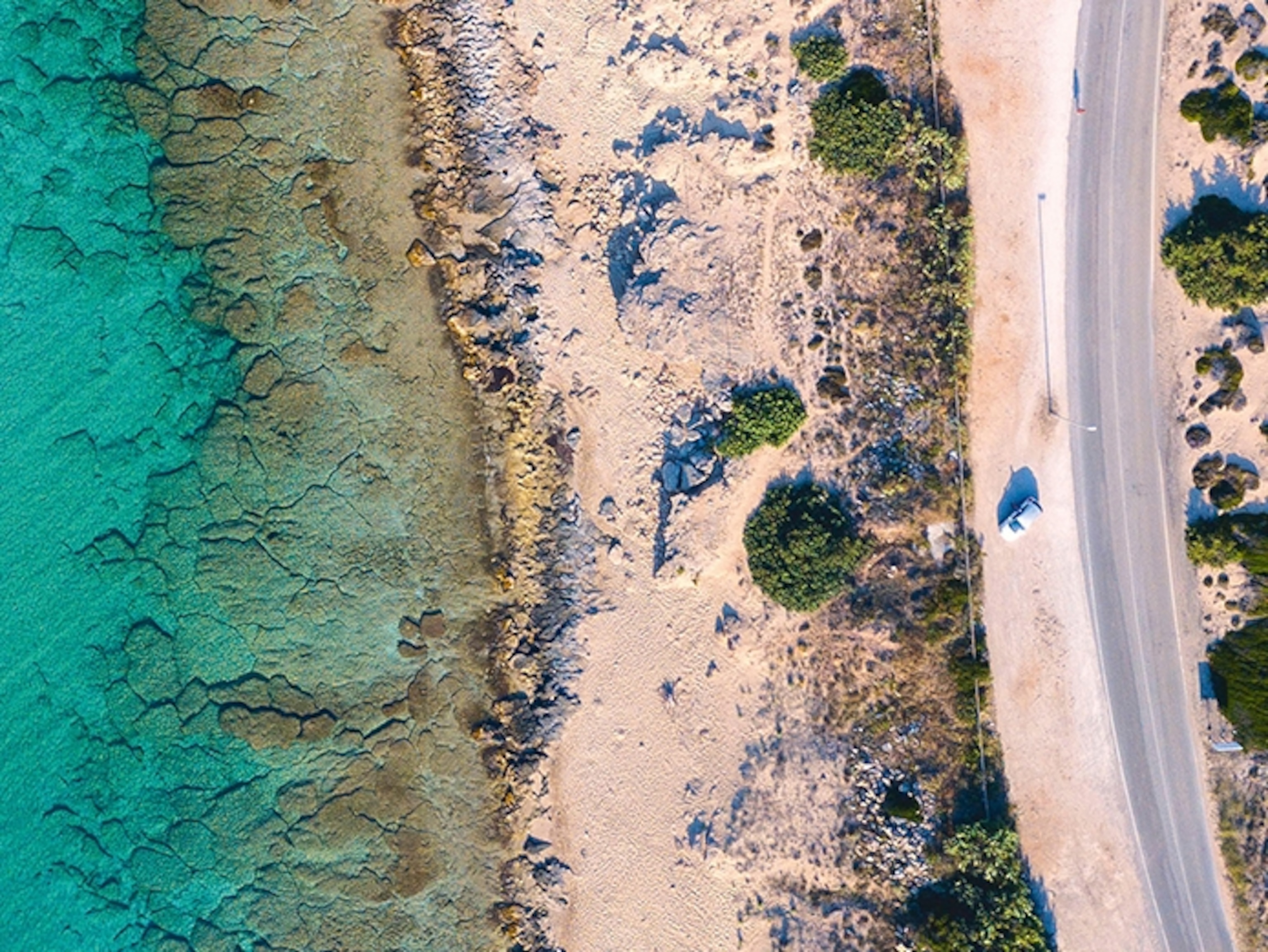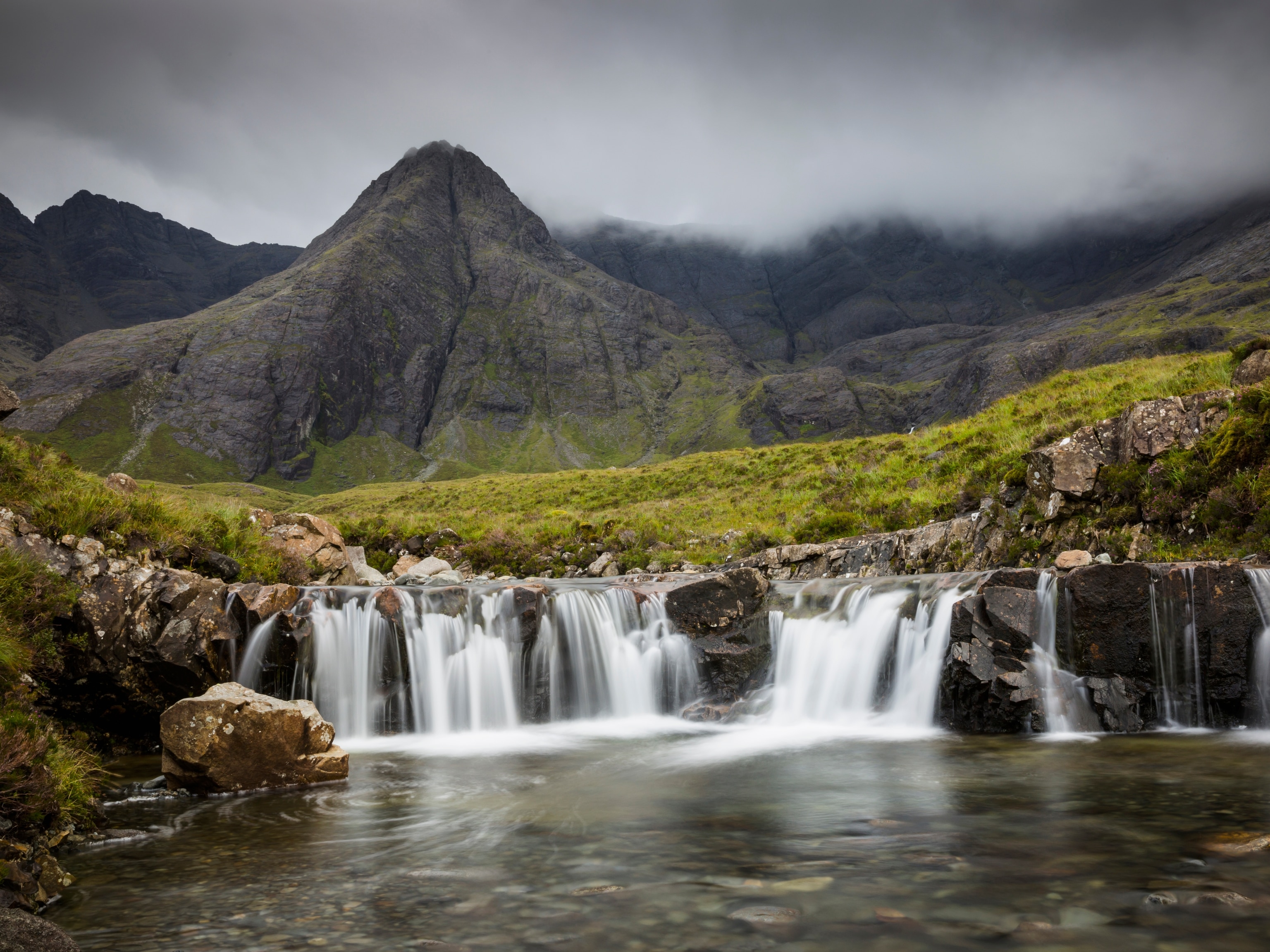
Why Italy’s Tremiti Islands should be on your radar
This secluded archipelago off the coast of the Puglia region, in the south of the country, is one of Italy’s most exciting diving and snorkelling destinations.
Why go?
A Robinson Crusoe-style escape, the unique selling point of the Tremiti Islands is splendid isolation. Part of the Gargano National Park, the five-island archipelago is marooned in the Adriatic Sea, some 14 miles off the coast of Puglia — the region that forms the heel to Italy’s boot. The main island of San Domino acts as the jumping-off base for discovering its little brother San Nicola, the historical centre with a fortress-like town. Cretaccio and Capraia welcome snorkellers and divers only, while tiny Pianosa sits further afield, shipwrecked halfway to Croatia. Also called Diomedes' Islands, this is a place to plonk a yoga mat in an empty cove or scribble poetry in a deserted beach.
What to do
The colour scheme of the Tremiti Islands offers a hint of what's on offer: azure seas, honeystone houses and emerald forests. At the sole settlement on San Domino, locals adore a morning stroll, so join them on a round-the-island trail through groves of Arbutus strawberry trees, with seascapes all around. Below the path, coves and caves are ripe for sunbathing and snorkelling. Pack sunscreen and a good book: aside from the main sandy swoosh of Cala delle Arene, the Tremiti Islands' beaches host no bars and no shops — and frequently, nobody at all.
In times gone by, locals would swim the 655 feet across from San Domino to San Nicola. Today, a local fishing boat will swish you across to Castello dei Badiali, a 13th-century fortress that serves as a lookout point for all five Tremiti Islands. If you thought San Domino was tranquil, San Nicola is near silent but for the lapping sea, where the hottest news concerns the size of a sea bass pulled up that morning. There's also a former monastery, Abbazia e Chiesa di Santa Maria, which is a thousand years old and has a spellbinding mosaic floors.

What to see
What visitors will struggle to find elsewhere in the country is the archipelago's kaleidoscope of sea life, scattered across 30 significant dive sites, all packed into a protected marine zone. The best place to start is on a glass-bottomed boat excursion. Pianosa is too far out, but most tours take in the uninhabited islands of Cretaccio and Capraia: spy tuna at sea, groupers in caves and octopus creeping across rocks. Keep your eyes peeled for the submerged statue of Italian saint Padre Pio near Capraia, which sits on a sandy seabed 40ft below the surface.
With a local scuba operator, the underwater scene is even more vivid. Divers can navigate armies of lobsters and shoals of scorpionfish. Sea life is particularly apparent along the southern coast of San Domino and the exposed north coast of Capraia (which is best for diving with amberjack and tuna). Deeper, below forests of gorgonia fans, expert divers can find a forest of the even rarer antipathes subpinnata, or black coral – one of the largest in the Mediterranean. Roman-era amphorae (two-handled, narrow-necked jars) are a common sight, but make sure not to touch them.
What to eat
The Tremiti Islands are sited in deep Adriatic seas, which means the archipelago diet, cucina delle Tremiti, revolves around anything that can be foraged from the forest or hauled up from the sea. Prepare yourself for a cornucopia of lemons, figs, goat, snails, rockfish and snapper. Ciambotta del pescatore is a fish stew laced with swordfish, clams, capers and parsley. The island dessert is treccine — baked brioche dough seasoned with wild fennel.
How to visit
As a place where you’re more likely to spot a peregrine falcon than come across a party, the Tremiti Islands aren’t for everyone. But for hikers, swimmers, naturalists and those looking for seclusion, their white cliffs, dense pine forests and turquoise waters are hard to beat. The archipelago welcomes the highest number of travellers between July and August, making the summer shoulder months an ideal time to visit. Ferries take travellers to San Domino from Vieste and Termoli, but note that cars are prohibited on the islands, and some sights require an uneven hike. San Domino has several basic hotels, while San Nicolo has numerous B&Bs. The other three islands have no accommodation at all — and that’s all part of their charm.
For more information, visit italia.it/en
Follow National Geographic Traveller (UK) on social media




